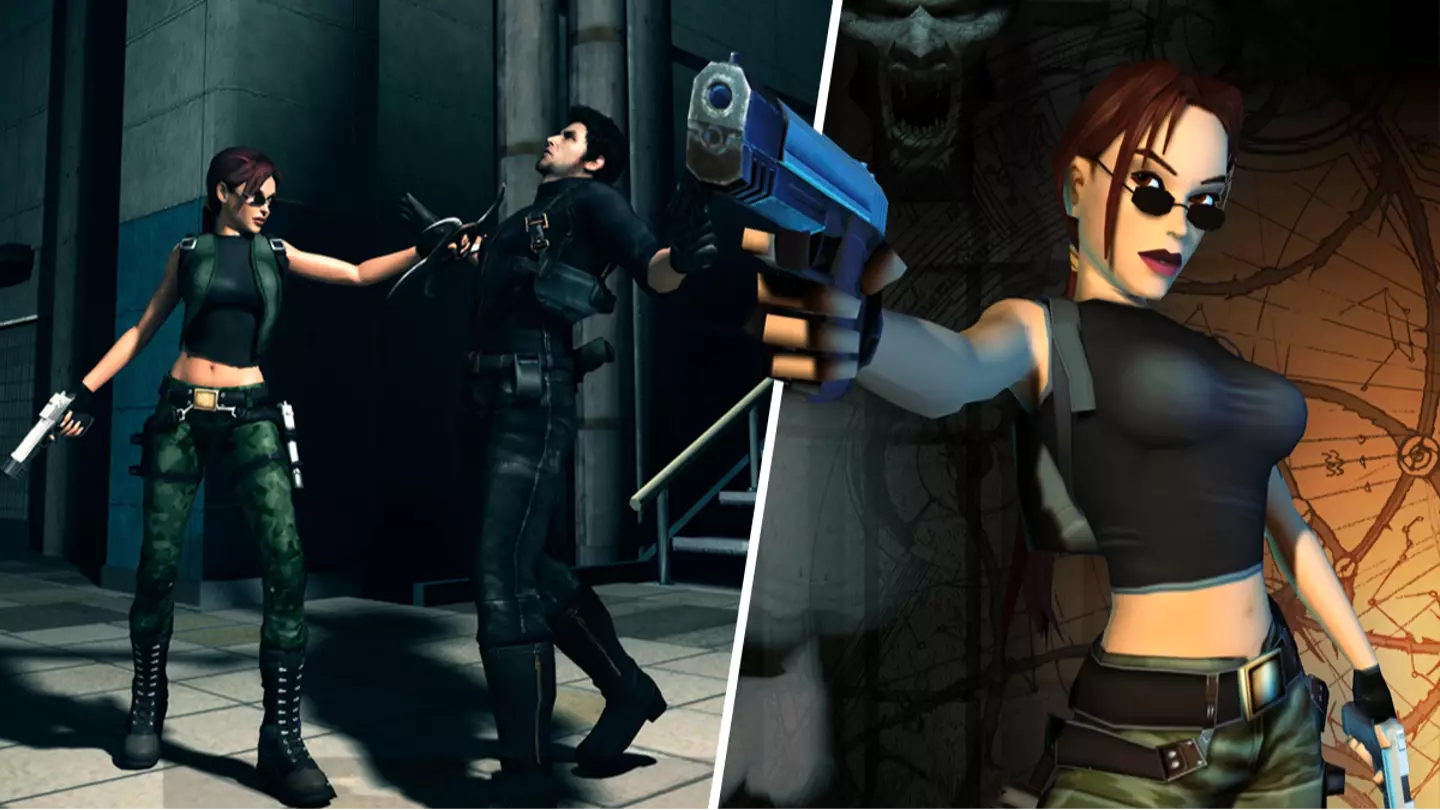
In 2003 a legendary Tomb Raider game was launched, one which is massively underappreciated; I’m, of course, talking about Tomb Raider: The Angel of Darkness. Emitting a dark and foreboding atmosphere, it ushered in what was to be a new era for the franchise. But alas, like so many good ideas, the hopes of a trilogy launched by this game died before it ever truly got started.
The game sold 2.5 million copies globally, yet critics ensured that their negative opinions kept this game frozen in time, a bitter-sweet monument to what could have been. Sure, they praised its narrative, but their fixation on awkward camera angles and the odd bug prevented them from seeing the bigger picture. I played this game, and watched other people play it too, on the PS2, there was nothing dramatically wrong or broken with how it ran. Compared to when Cyberpunk 2077 launched, Tomb Raider: The Angel of Darkness barely had technical issues.
Relive the memories with the official TR: The Angel of Darkness trailer!
Narratively, the game took us on a murky journey, placing Lara Croft in the role of potential murderer, the heroine never sure if she killed Von Croy until near the end of the game. Then there’s the betrayal from Kurtis, a character gamers could eventually play as the game progressed towards its shocking conclusions.
Advert
Oh, and let’s not forget the fact that you could choose how Lara responded to certain situations was a new feature that really helped make the game feel like something fresh. Not escaping Margret Carvier’s apartment in time still gives me palpitations now and it’s been 20 years; not only did you need to leave in time, but you also needed to make the right choices in order to successfully clear the level.
The best bit of the game by far, though, is slinking around the Louvre. Getting in there proved quite the challenge, but it felt so good once Lara was moving from shadow to shadow, skillfully uncovering the secrets of the Monstrum killer as she went. Though it would be wrong of me not to praise the giant fish that you have to bait later in the game at the aquatic research centre – that scene was both infuriating and satisfying in equal measure. Lara died often, poor thing.
Every time I recall those in-game moments, alongside countless others, I’m overwhelmed with just how good it was. It promised to take Tomb Raider in a new direction, one which went harder in uncovering how broody, misunderstood and complicated our favourite tomb raiding heroine is. We’ve since seen young Lara shaped by her history in the Survivor trilogy, but Angel of Darkness attempted to add more grit to Lara Croft long before that. Even her aesthetic was darker, her hair almost jet black in certain lights while she rocked a black camo outfit; it really emphasised the transitional period she was in, and how she was part of the darkness she fought against.
Two more games were meant to follow Angel of Darkness, explaining and expanding on the story so that we’d have closure. But that never happened, with the game almost struck off the record after Tomb Raider: Legend came bursting onto the scene in 2006. It took the franchise back to what we knew, essentially wiping the slate clean; it was a decent enough game, but it felt so flat after what we got a taste of in Angel of Darkness. I know that contradicts what critics said at the time, but just because a critic said something doesn’t make it automatically true. We lost the chance to see Tomb Raider enter a new age, and it’s a robbery I won’t ever quite get over.
Featured Image Credit: Eidos InteractiveTopics: Tomb Raider, PlayStation, Sony